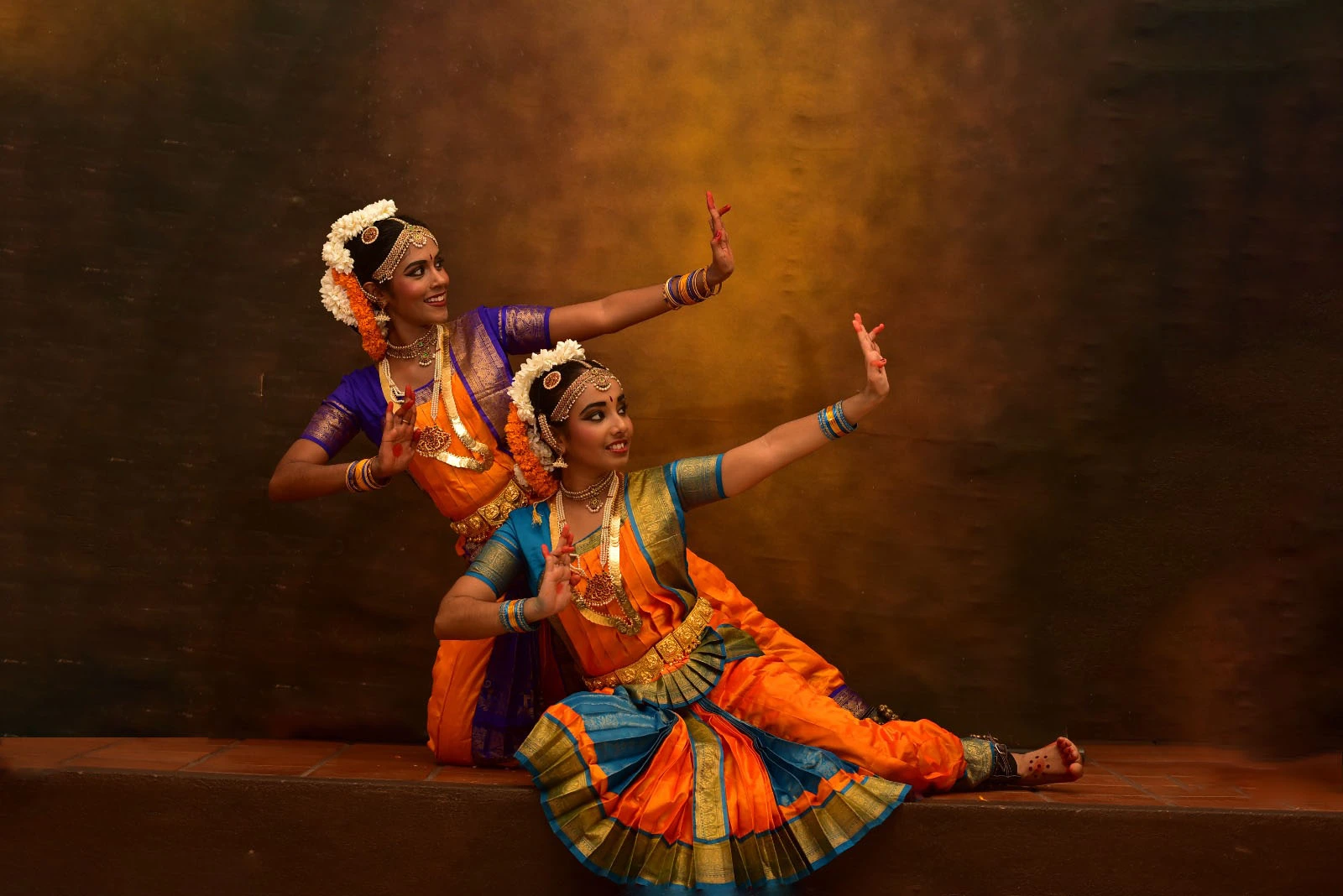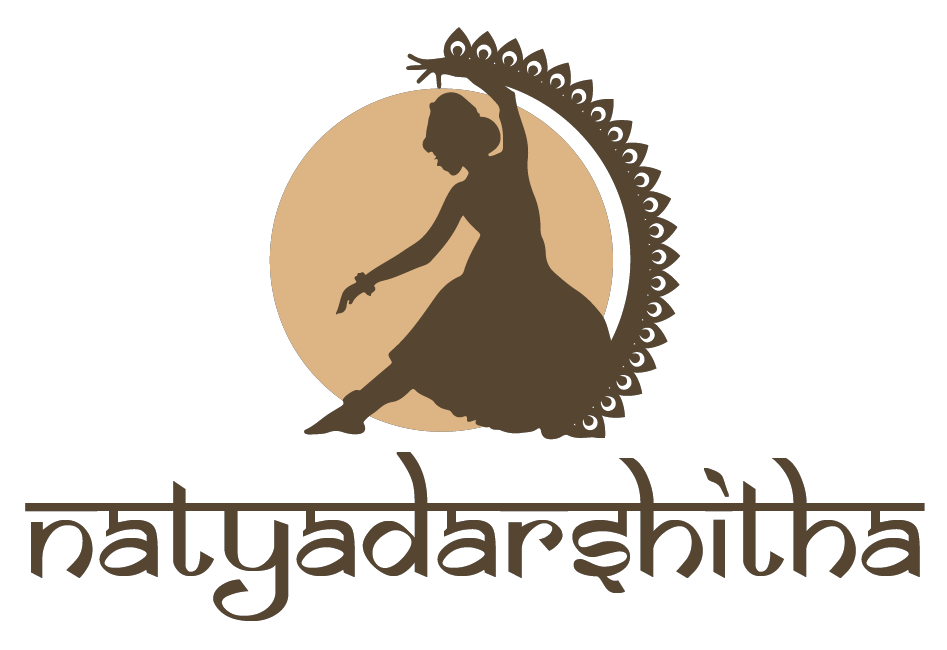Bharatanatyam
Bharata Natyam, which was developed, codified, and stylized more than two thousand years ago, is today as vibrant and captivating as the morning dew or spring blossom with all of its wealth, spontaneity, variety of abhinaya, traditional excellence of all these eras, and worldwide aesthetic appeal. Despite a few small improvisations and improvements, Bharata Natyam still adheres to the same essential ideas, methods, and evocativeness as it did during the time of Acharya Bharata, a few millennia ago. Sadir Attam (Nautch) or Dasi Attam, the Bhaga-vata Mela dance-drama, and the Kuravanji ballet are only a few of the dance styles included in the large and complete system of Indian classical dance known as Bharata Natyam. However, Dasi Attam (Nautch) is now more often recognized and referred to as Bharata Natyam.
Bharata Natyam has been preserved in Tamil Nadu in all of its pristine grandeur and unadulterated purity, and it is now immensely popular and widely used. Of the various types of Indian classical dance, it is undoubtedly the oldest. It was carried out for ages by Devadasis, or handmaids of the gods, in the magnificent temples of South India. They presented Bharata Natyam as their offering of prayers and sacrifices to the shrine’s deities. For many decades to come, they have undoubtedly been entirely responsible for maintaining and transmitting the rich traditional tradition of Bharata Natyam. They were highly educated, well-cultured women who trained hard and consistently in dance, music, and other related disciplines. Devadasis are women who serve temple gods in the same way that a married woman would serve her lord and husband. They were consecrated in a special way, and a wedding ceremony was held during which she was ritually married to the temple deity’s image or some other representation of the deity.
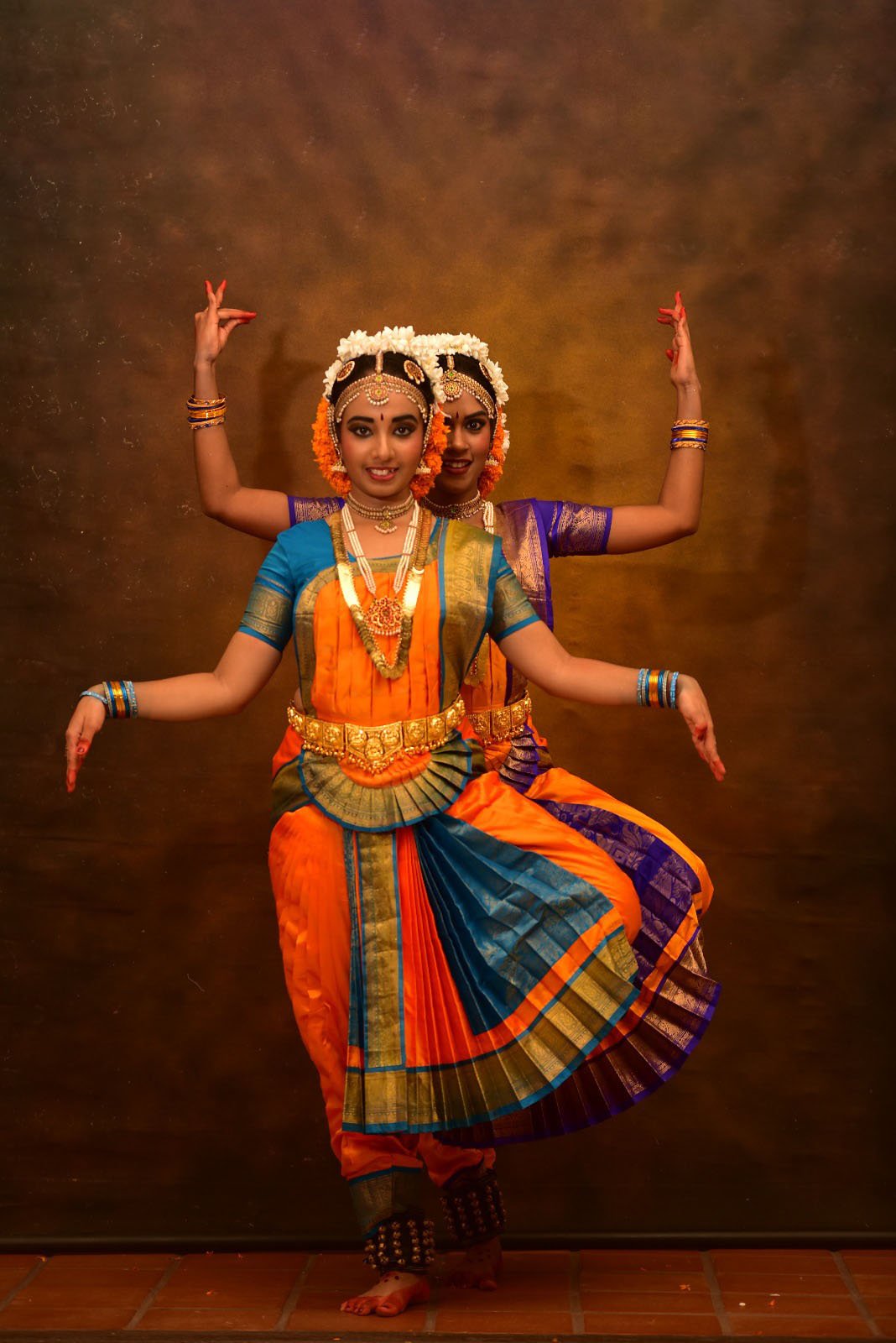
As a reservoir of culture, manners, and performing arts, the Devadasis were revered. They had a strong musical background and were skilled musicians and dancers. They lived a religious, devoted life and could read and interpret the texts. They performed dances in front of the temple gods while music played in the morning, evening, and on cession. These dancing goddesses led the congregation of pious people and entertained them in between with exhilarating dance performances and captivating melodies. Particularly during the rule of the Chola Kings, they had several unique privileges and powers.
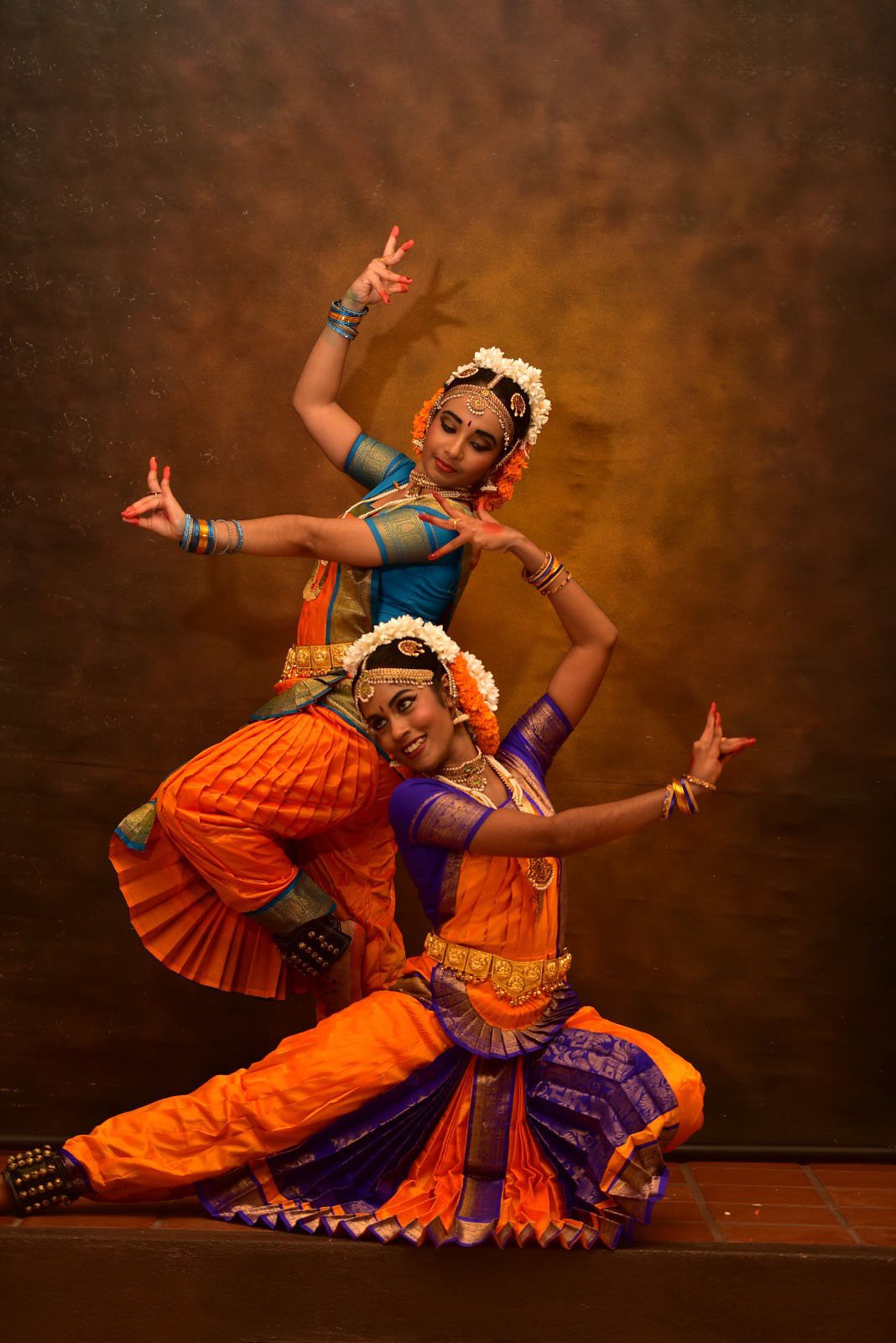
Every temple had a troop of these dancing girls, and the number of them increased in direct proportion to a temple’s wealth and significance. For instance, the Tanjavur Brihadishwara Temple’s main deity, an immense lingam originally known as Rajarajeshvara, was served by 400 dancing females. It is a gorgeous temple that beautifully blends grace and balance.
In Tamil Nadu, there were countless temples, and the number of Devadasis was enormous. Rich temple sculptures and icons depicted in a variety of euphoric rhythmic positions and postures serve as silent witnesses to the prayers that these women presented to the gods through their dance performances.
These temples’ walls, niches, and gopurams are practically filled with dancing statues of different gods, goddesses, and apsaras. They hold a great deal of iconographic and artistic interest. During this time, a great number of superb bronzes were also produced, showing sacred legends such as Shiva dancing, Vishnu and his consort Lakshmi, Rama and Sita with Hanuman, etc., as well as the young Krishna performing tandava on the serpent Kaliya.
Unfortunately, the Devadasis institution lost its grace and respect through time and began to be associated with lasciviousness and prostitution. With the demise of these goddess maidens, the dance forms too fell into disrepute and were treated with contempt. The Devadasis were stripped of their royal patronage and liberal privileges, and they became public courtesans who granted favors to anyone who asked for them in exchange for gifts of money or other valuables. They were forced to scrape out a living by selling their favors to anyone who could afford to pay because their meager fixed salary was barely enough to keep their body and soul intact.
Naturally, people started to despise the arts, especially music and dancing, as they became linked to courtesans and prostitutes. It was a truly spectacular fall. The legendary dancer Attan Atti was married to Adi Mandi, the daughter of the famous Chola King Karikaia, according to the Tamil epic Silappadikaram. The word “attan” is a dancer. Adi Mandi was a talented dancer herself. This demonstrates the high regard in which dancing was held during its prime during the Chola period. The same literary work also describes how a temple dancer named Madhavi captured the attention of a merchant prince named Kovalan with her mesmerizing and captivating dance performance.This novel depicts the complexity and depth of human nature.
Its theme is an old popular saga, the story of a merchant prince, Kovalan. who neglects his wife Kannangi and loses his fortune through the love of the celebrated hetaera Madhvi of Puhar,” writes the author of the Silappdikaram, “which is a great work of unsurpassed beauty and grandeur. Due to an argument between the lovers, Kovalan is forced to return to his married wife. Kovalan and his wife then go from Puhar to Madura to start a new life with the money from the sale of Kannangi’s jewelry, especially her priceless anklet (silambu), which gives the poem its name. Kovalan is killed by the king’s officers in the streets of Madura after being suspected of being the thief who stole the queen’s anklet from the palace due to the schemes of the royal goldsmith. Kannangi rushes to the palace as soon as she learns the news, carrying the second anklet as evidence of Kovalan’s innocence. After realizing his error, the king suffers a heartbreak and passes away. After exacting her revenge on Madura by setting the city ablaze, Kannangi flees to Chera country and is welcomed into heaven together with her husband. She is revered as the Goddess of Chastity by Senuguttavan.
Who therefore saved and brought back the Dasi Allam from neglect and obscurity and elevated it to the status of Bharata Natyam from something to be despised and mocked? The true restoration of this nautch as a work of high artistic worth and aesthetic pleasure as Bharata Natyam was made possible by the painstaking efforts of a select group of committed Nattuvanaras and Bhagavatars.
Movement, mime, and music—the three elements of Bharata Natyam—all contribute equally to its presentation. Bhava (mood), Raga (music), and Tala (rhythm) are the first syllables of these three elements combined to form the name “Bharata” in this context. And as we’ve already mentioned, natyam is defined as nritya paired with abhinaya. Although what is presently known as Bharata Natyam is in line with the nritya that he espoused in the Natyashastra, it should not be assumed that this is the name of Acharya Bharat.
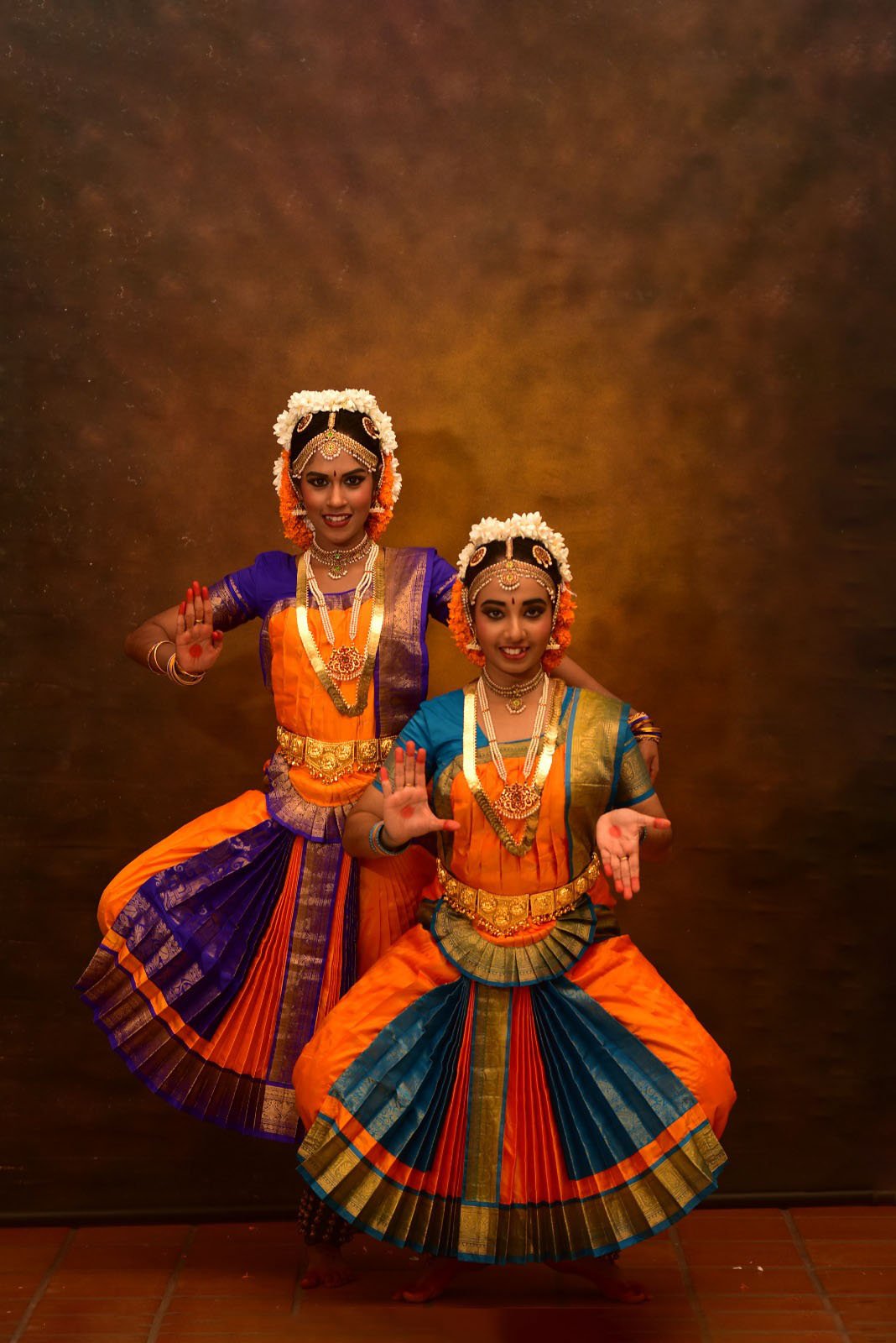
A danseuse or, occasionally, a danseur performs Bharata Natyam, a solo lasya (tender and erotic) dance. It is undoubtedly based on the concept of love, but it is always fundamentally devotional and never sensuous. It is split into two categories, nritta (abstract dance) and nritya (expressive dance), equally and fairly. The dance would be presented by the Nattuvanaras or the dance recital’s directors in such a way that it would develop in a series of stages, much like a bud bursting into a blossom of unparalleled beauty, color, and splendor.
